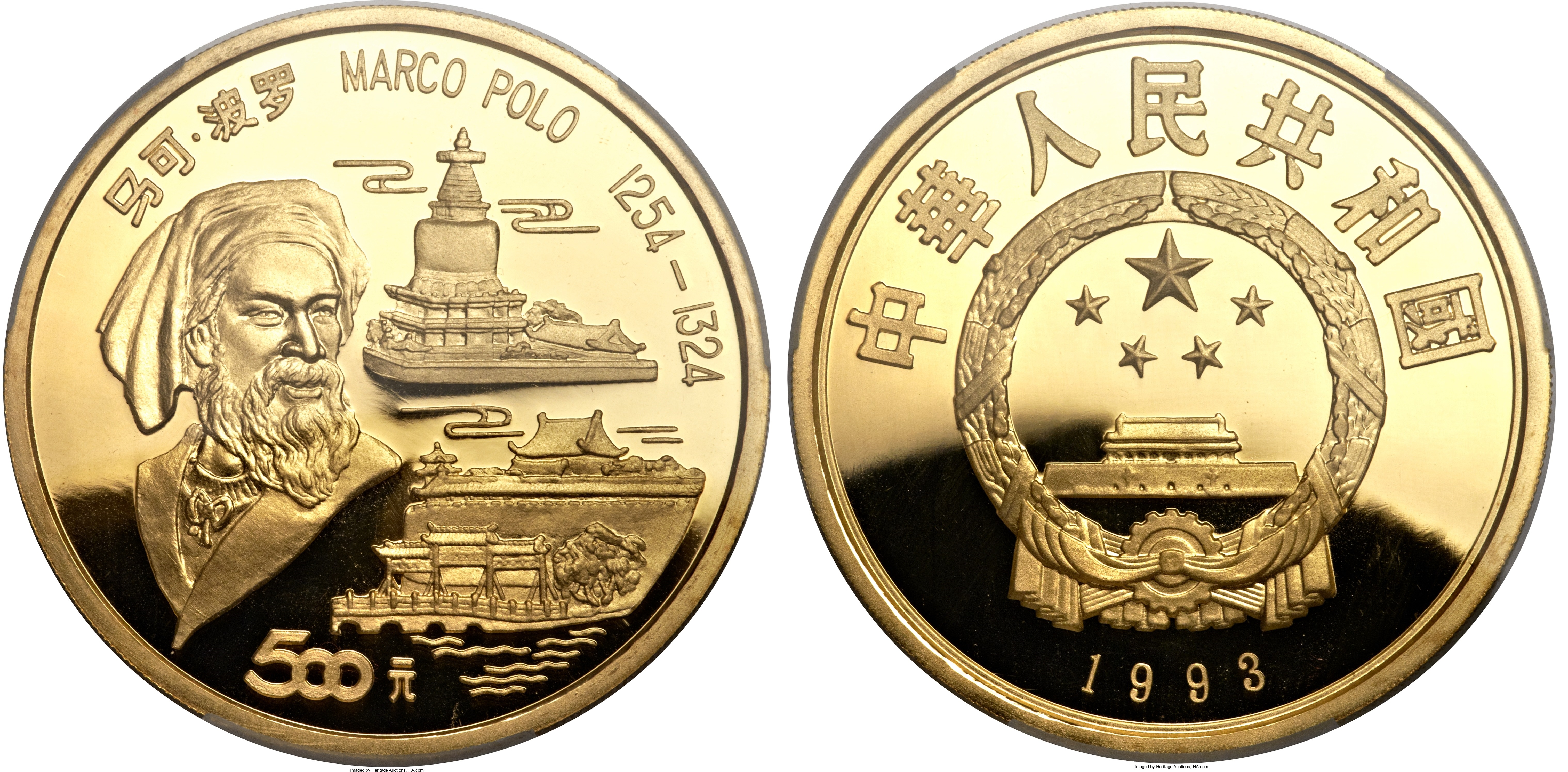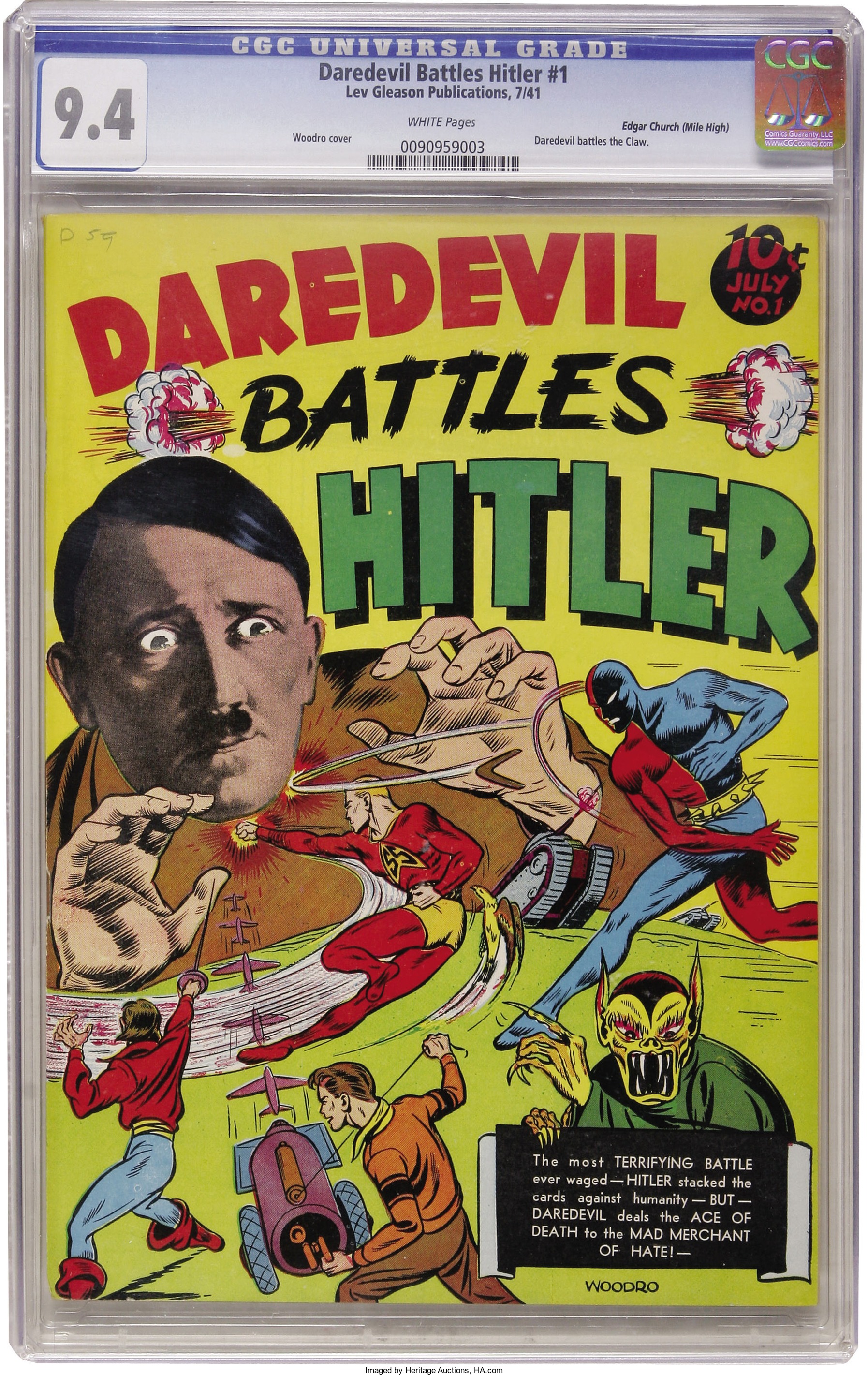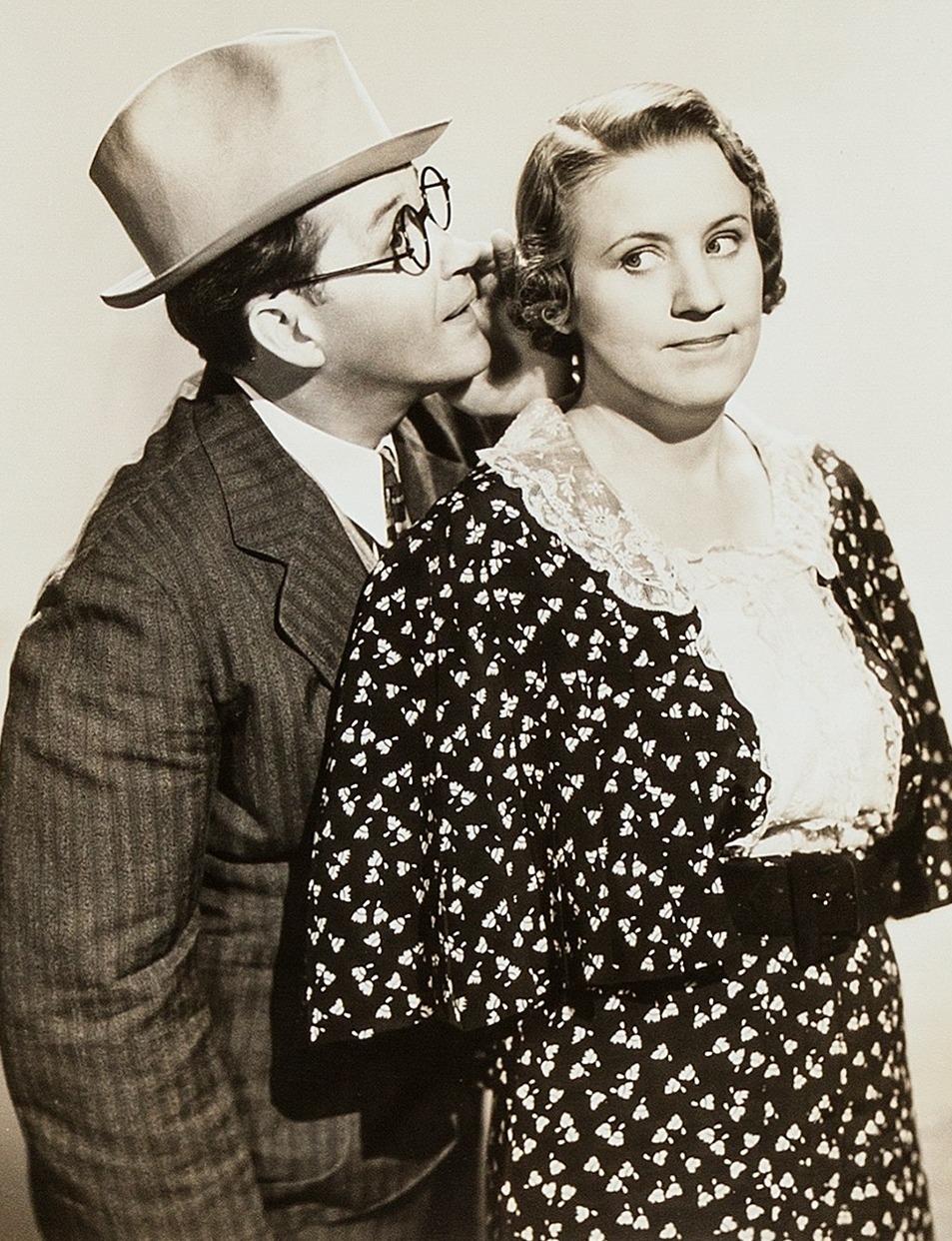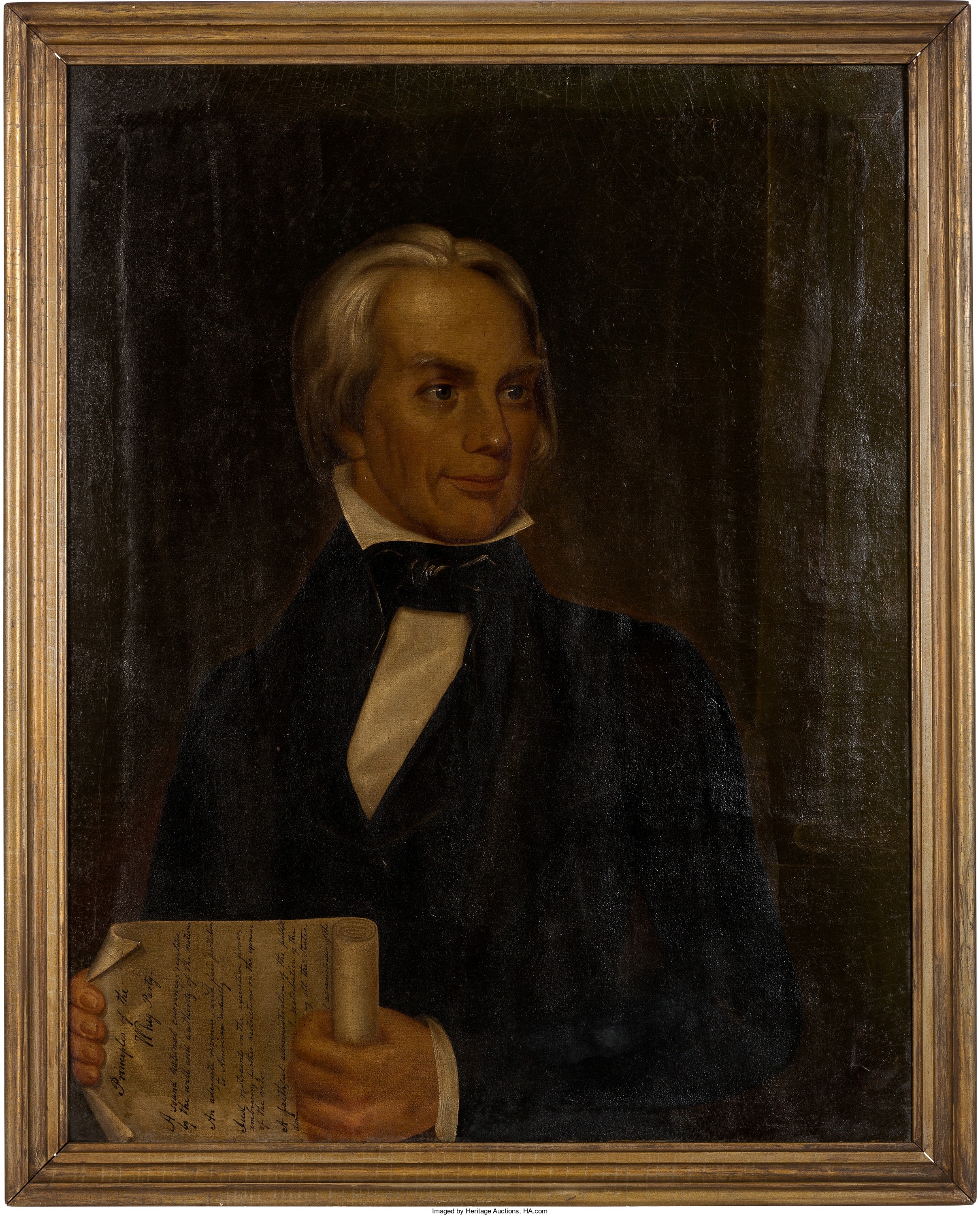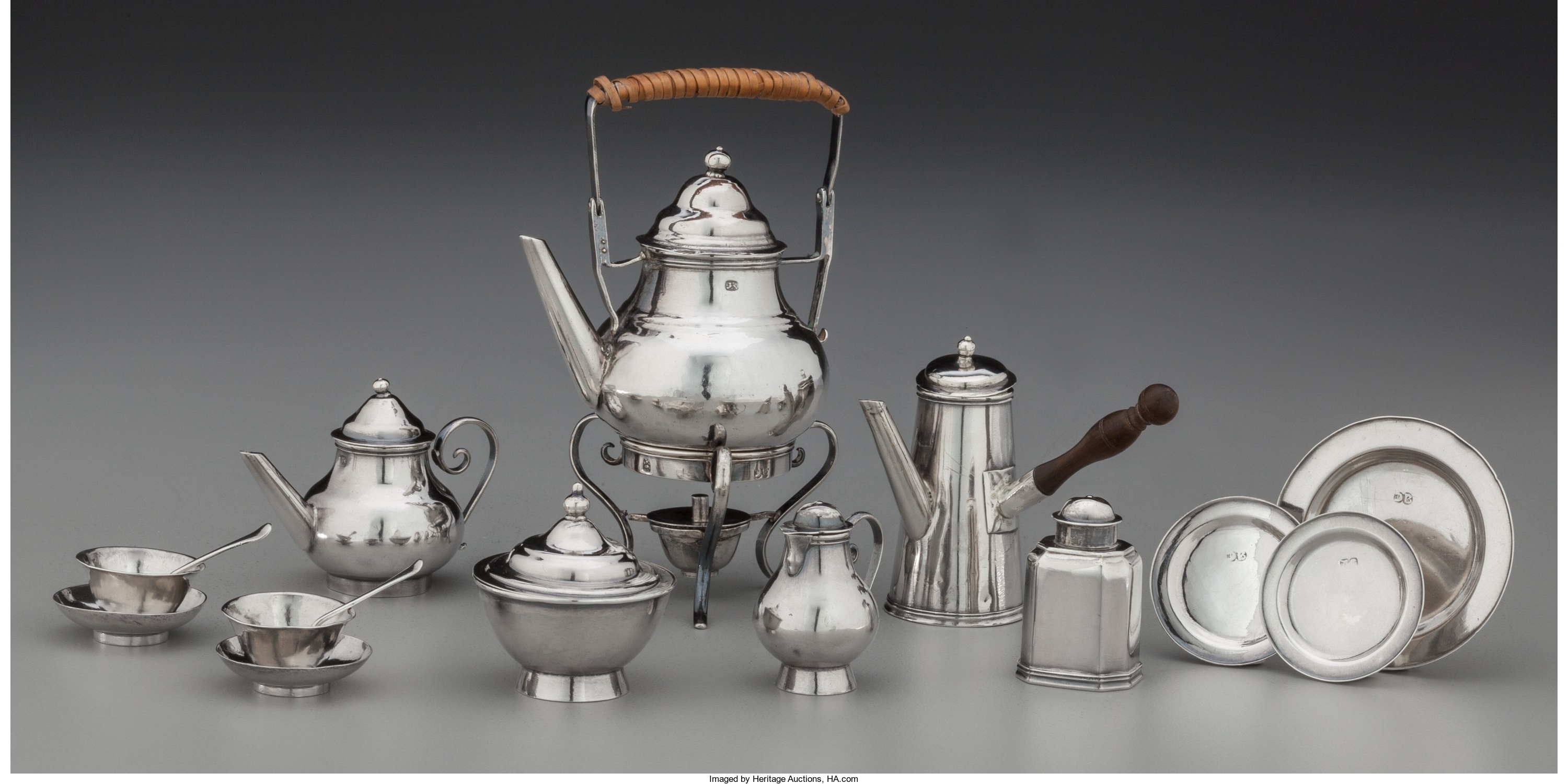
“And afterwards I did send for a cup of tea (a China drink) of which I never drank before, and went away.” – Diary of Samuel Pepys, Tuesday, 25 September, 1660
By Jim O’Neal
In 1812, Scottish historian David Macpherson (The History of European Commerce with India) quoted the above tea-drinking passage from Samuel Pepys’ diary.
It’s the first record of an Englishman drinking tea.
This was an extraordinary thing to do, primarily because in 1812, Pepys’ diaries were still unknown! Although they resided in the Bodleian Library, the main research library of the University of Oxford – and had been available for inspection – no one had ever looked into them.
Or so it was thought.
Even if someone had taken a peek, they were written in a private code that had never been deciphered. How Macpherson managed to find and translate this passage, from six volumes of dense and secret scribbling, is beyond knowing. Not to mention what inspired him to look there in the first place.
Pepys (1633-1703) was born in London. He went to Cambridge, where he attended Trinity Hall and then earned a degree from Magdalen College. Not long after, he was employed as a secretary in London by Sir Edward Montagu, the 1st Earl of Sandwich.
He started his diary on Jan. 1, 1660, and continued it until 1669. It is through Pepys’ eyes that we have a remarkable view of everyday life in the middle of the 17th century. This is a highly unique first-person account of the Great Plague, the coronation of King Charles II, the Second Anglo-Dutch War, and the Great Fire of London.
Each time I think of this last event, I’m reminded of the great architect Sir Christopher Wren, who designed 52 churches, including the magnificent St. Paul’s Cathedral, and his epitaph:
“Here in its foundations lies the architect of this church and city, Christopher Wren, who lived beyond ninety years, not for his own profit, but for the public good. Reader, if you seek his monument – look around you.” This inscription is also inscribed (in Latin) on the circle of black marble on the main floor of the dome.
So, we know who rebuilt London. Now if we could just solve the puzzle of Samuel Pepys’ diary and David Macpherson.
 Intelligent Collector blogger JIM O’NEAL is an avid collector and history buff. He is President and CEO of Frito-Lay International [retired] and earlier served as Chairman and CEO of PepsiCo Restaurants International [KFC Pizza Hut and Taco Bell].
Intelligent Collector blogger JIM O’NEAL is an avid collector and history buff. He is President and CEO of Frito-Lay International [retired] and earlier served as Chairman and CEO of PepsiCo Restaurants International [KFC Pizza Hut and Taco Bell].

